Test Bank For Chemistry 10th Edition International Edition By Kenneth W
Chapter 1—The Foundations of Chemistry
MULTIPLE CHOICE
- Which of the following statements is incorrect?
| a. | A body in motion possesses kinetic energy because of its motion. |
| b. | An object possesses potential energy because of its position or composition. |
| c. | Nuclear energy is an important kind of potential energy. |
| d. | Chemical reactions and physical changes that release energy to their surroundings are endothermic. |
| e. | The Law of Conservation of Matter and Energy states that the combined amount of matter and energy in the universe is fixed. |
ANS: D
OBJ: Define the Laws of Conservation of matter and energy. | Define the terms endothermic and exothermic. | Classify energy as potential or kinetic.
TOP: Matter and Energy
- A braking automobile converts kinetic energy into heat in the brake pads. This is an example of the:
| a. | law of conservation of energy |
| b. | law of constant composition |
| c. | law of conservation of matter |
| d. | law of multiple proportions |
| e. | law of gravity |
ANS: A
OBJ: Apply the law of conservation of energy.
TOP: Matter and Energy
- When magnesium is burned in air the mass of the product is heavier than the original mass of the magnesium. However, the product formed still has the same exact mass of magnesium with the remainder of the mass being oxygen. This is an example of:
| a. | law of conservation of energy |
| b. | law of definite proportions |
| c. | law of conservation of matter |
| d. | law of multiple proportions |
| e. | law of gravity |
ANS: C
OBJ: Apply the law of conservation of energy.
TOP: Matter and Energy
- Which of the following represents matter that could be described as macroscale?
| a. | a bromine atom |
| b. | molecules of water |
| c. | bacteria observed under a microscope |
| d. | a paperclip |
| e. | none of these |
ANS: D
OBJ: Classify a description of matter as atomic-, micro-, or macro-scale.
TOP: Chemistry – A Molecular View of Matter
- Dalton’s Atomic Theory included all of the ideas listed below except:
| a. | Atoms cannot be created or destroyed. |
| b. | An element is composed of very small particles called protons, neutrons and electrons. |
| c. | All atoms of a given element have identical properties. |
| d. | All atoms of a given element have properties that differ from those of other elements. |
| e. | Compounds are formed when atoms of different elements combine with one another in small whole-number ratios. |
ANS: B
OBJ: Identify the tenets of Dalton’s atomic theory.
TOP: Chemistry – A Molecular View of Matter

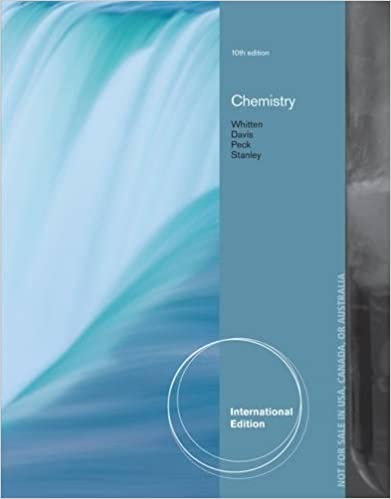

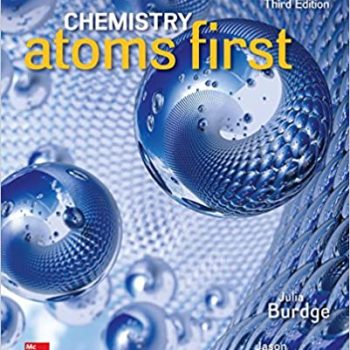
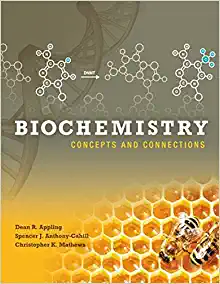
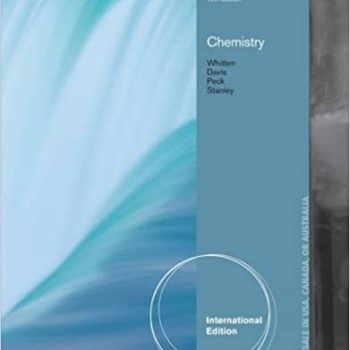
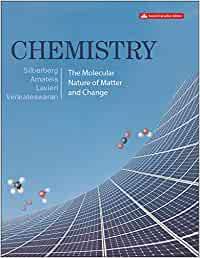

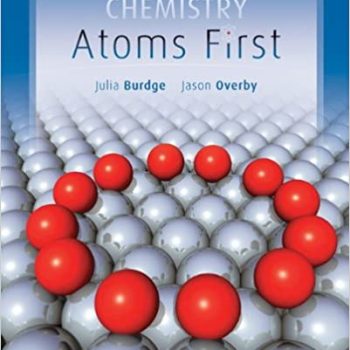
Reviews
There are no reviews yet.